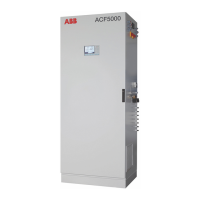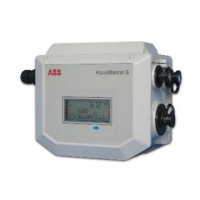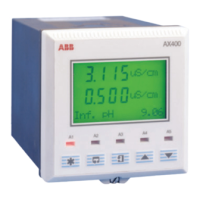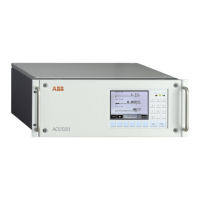9-8 Chapter 9: Inspection and Maintenance 42/24-10 EN Rev. 9
Limas11, Uras26: Relinearization
When should
relinearization be
performed?
Sample component relinearization should be performed
• If the linearity deviation exceeds the permissible 1% of span
• If the start of a suppressed measurement range is to be calibrated
• After a component (lamp/ emitter, sample cell, calibration unit/cell, detector) is
installed in or removed from a beam path.
We recommend to perform the relinearization of a sample component after
measurement range limits have been changed (see “Limas11, Uras26: Notes for
Changing Measurement Range Limits” section, page 7-A-3).
Test Gases Depending on the number and type of measurement ranges, test gases with
varying concentrations are required for relinearization.
Number and Type of Meas. Ranges Test Gas Concentration
1 Measurement Range Approx. 40–60% of the measurement
range end value (“center point gas”)
2 Measurement Ranges End value of smaller measurement range
2 Measurement Ranges,
1 of which is suppressed
Start value of suppressed measurement
range
Menu Path MENU
→ Maintenance/Test → Analyzer spec. adjustm. →
Relinearization
Step Action
Relinearization is performed separately for each sample
component.
1 Perform the basic calibration for the zero and span of the sample
component to be relinearized (see page 9-30).
2 Select the Relinearization menu item.
3 Select the Sample component.
4 Turn on the test gas supply.
5 Enter the test gas concentration set point value.
6 Wait until the measurement value reading stabilizes and activate the
alignment procedure.
Procedure
7 Repeat steps 3-6 for all sample components.
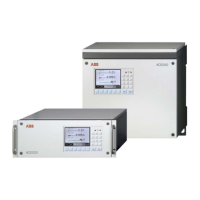
